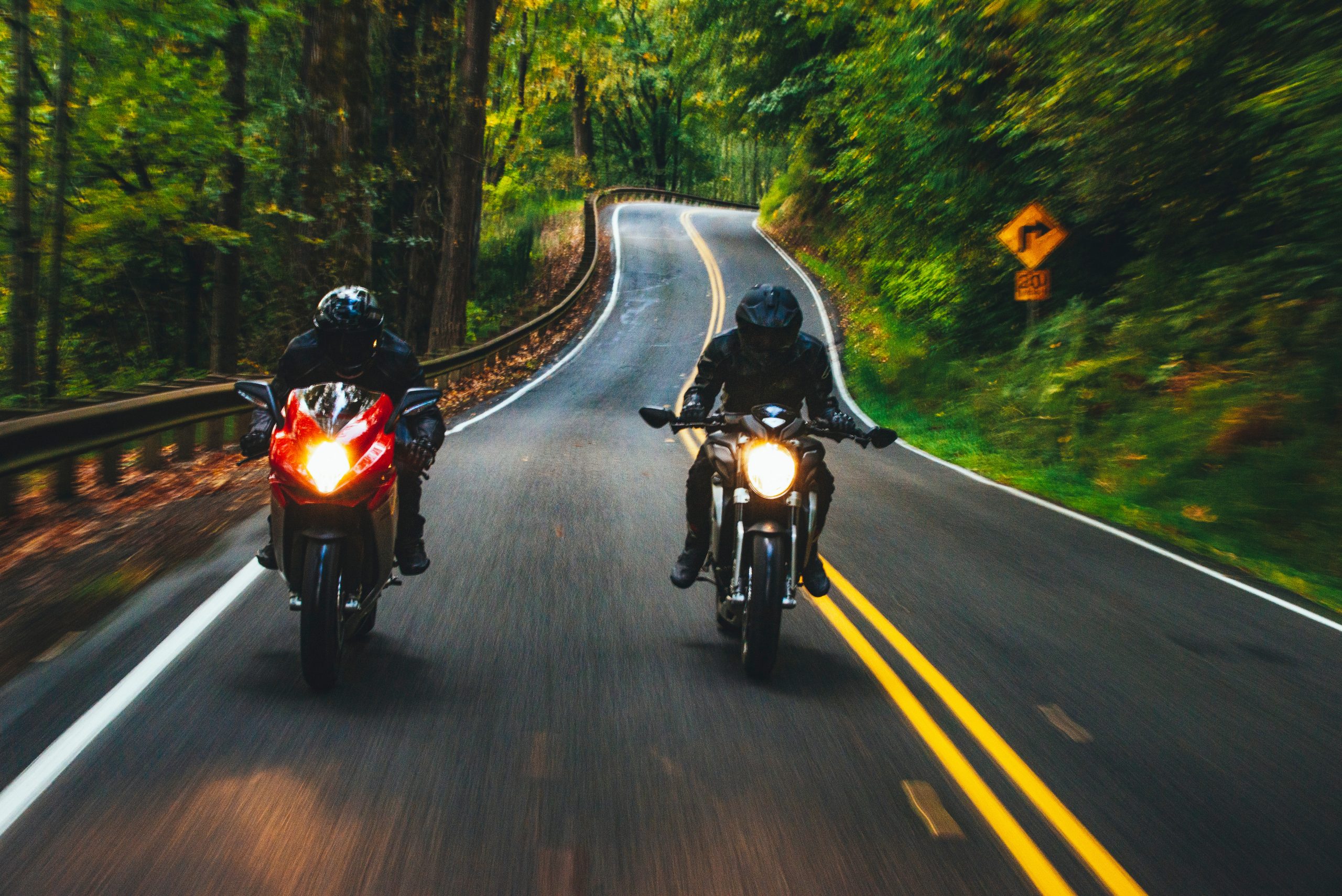Motorcycle safety is not just a concern—it’s a necessity.
With millions of riders hitting the road each year, the risk of accidents remains high. Unlike cars, motorcycles provide little protection in a crash, making safety gear, defensive riding, and proper training essential for every motorcyclist.
Motorcycle crashes accounted for 13% of all motor vehicle crashes in 2022, about 6000 motorcyclists died, the CDC said.
Whether you’re a seasoned rider or just starting, understanding motorcycle safety can save lives.
The Importance of Motorcycle Safety
Motorcycles are thrilling, fuel-efficient, and offer a sense of freedom that cars simply can’t match. However, they also expose riders to significant risks.
According to the National Highway Traffic Safety Administration (NHTSA), motorcyclists are nearly 29 times more likely to die in a crash than car occupants. These statistics highlight why motorcycle safety should be a top priority for all riders.
Beyond personal safety, the impact of motorcycle accidents extends to families, communities, and the healthcare system.
A single accident can result in severe injuries, long-term disabilities, or even loss of life, affecting not just the rider but their loved ones.
Medical costs, rehabilitation, and emotional distress are just some of the consequences of unsafe riding practices. Additionally, increased accidents can lead to higher insurance premiums and stricter regulations, affecting the entire riding community.
“According to a study, an estimated 22,058 motorcyclists who died in crashes on U.S. roads between 1976 and 2022 would have survived if helmet use in states without universal helmet laws had been the same as in states with helmet laws,” said the CDC.
Common Causes of Motorcycle Accidents
Understanding what leads to motorcycle accidents can help riders avoid dangerous situations. Some of the most common causes include:
- Lack of visibility: Motorcycles are smaller than cars, making them harder to see. Many accidents occur because drivers fail to notice motorcycles in their blind spots.
- Speeding: Excessive speed reduces reaction time and increases the severity of crashes.
- Distracted driving: Both riders and other motorists contribute to accidents by texting, eating, or engaging in other distractions while driving.
- Road hazards: Uneven pavement, potholes, and debris pose a greater danger to motorcycles than to cars.
- Impaired riding: Alcohol and drugs significantly impair reaction times and judgment, leading to a high number of fatal crashes.
Essential Motorcycle Safety Tips
Motorcycle safety starts with the right mindset and preparation. Here are key tips every rider should follow:
1. Wear Protective Gear
A helmet is the most important piece of safety equipment for a motorcyclist. Riders who don’t wear helmets are a lot more likely to be killed or to suffer traumatic brain injuries in a crash, although only 17 states, as well as the District of Columbia, require all riders to wear them, the IIHS said.
Click here to view a detailed article on helmet laws in the U.S.
The NHTSA estimates that helmets reduce the risk of head injuries by 69% and fatalities by 37%. Other essential gear includes:
- Protective jackets and pants
- Gloves for grip and protection
- Sturdy boots to prevent foot injuries
- Reflective gear for visibility
2. Take a Motorcycle Safety Course
New and experienced riders alike benefit from professional motorcycle safety courses. These programs teach defensive riding techniques, proper braking methods, and how to handle emergency situations.
3. Follow Traffic Laws
Obeying speed limits, using turn signals, and respecting other motorists can significantly reduce accident risks. Lane splitting, illegal in many states, also increases the chance of collisions.
4. Stay Visible
Many motorcycle accidents happen because drivers don’t see the rider. Use your headlights during the day, wear bright or reflective clothing, and position yourself where other drivers can easily spot you.
5. Perform Regular Bike Maintenance
A well-maintained motorcycle is a safe motorcycle. Check your tires, brakes, lights, and fluids before each ride to prevent mechanical failures that could lead to an accident.
The Role of Drivers in Motorcycle Safety
Motorcycle safety isn’t just the rider’s responsibility—other motorists play a crucial role too. Car and truck drivers should:
- Check blind spots before changing lanes
- Maintain a safe following distance behind motorcycles
- Use turn signals properly
- Stay focused and avoid distractions
Make Motorcycle Safety a Priority
Motorcycle riding is exhilarating, but it comes with risks. By wearing proper gear, taking safety courses, obeying traffic laws, and staying vigilant on the road, riders can significantly reduce their chances of an accident.
Beyond personal safety, safe riding practices help reduce the burden on families, communities, and emergency services.
Whether you’re a rider or a driver, being aware of motorcycle safety measures helps create a safer road for everyone. Stay safe, ride smart, and make motorcycle safety a priority.

